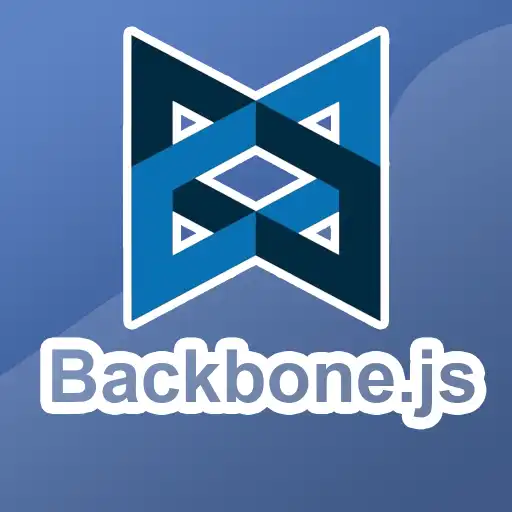1. Understanding Backbone.js
Backbone.js is a client-side JavaScript framework that follows the Model-View-Controller (MVC) architectural pattern. It provides a set of tools and conventions for building web applications, making it a valuable choice for developers who want to create organized and maintainable code. Backbone.js focuses on four core components:
- Models: Models represent the application's data and business logic. They can be used to store, retrieve, and manipulate data retrieved from the server or generated on the client-side.
- Views: Views are responsible for rendering the user interface and displaying data from models. They also listen to user interactions and communicate with the rest of the application.
- Collections: Collections are ordered sets of models. They provide a way to work with groups of related data, making it easier to manage and synchronize multiple models.
- Routers: Routers handle the application's URL routing. They define the routes and corresponding actions, allowing you to create bookmarkable and shareable URLs.
2. Key Features of Backbone.js
Backbone.js offers several features that simplify web application development:
- Modularity: Backbone.js encourages a modular approach to coding. You can build and organize your application in a way that suits your project's needs.
- Event-Driven: It provides an event-driven architecture, allowing components to communicate and respond to changes without tightly coupling them.
- RESTful API Integration: Backbone.js seamlessly integrates with RESTful APIs, simplifying data retrieval and synchronization with the server.
- Lightweight: Backbone.js is lightweight, with a small footprint, making it easy to include in your projects without excessive overhead.
3. Benefits of Using Backbone.js
Developers choose Backbone.js for a variety of reasons:
- Structure and Organization: It enforces a structured way to organize your code, leading to maintainable and scalable applications.
- Flexibility: Backbone.js doesn't impose strict conventions, giving you the flexibility to adapt it to your project's unique requirements.
- Community and Ecosystem: It has a vibrant community and a rich ecosystem of extensions and plugins, enhancing its functionality.
- Learning Curve: Backbone.js has a relatively gentle learning curve, making it accessible to developers of various skill levels.
4. Conclusion
Backbone.js has carved a niche in the world of web development by offering a structured and organized approach to building web applications. Whether you're creating a small interactive widget or a large-scale single-page application, Backbone.js can simplify your development process and help you create maintainable and structured code. As you dive into the world of web application development, consider adding Backbone.js to your toolkit for a more structured and efficient development experience.

